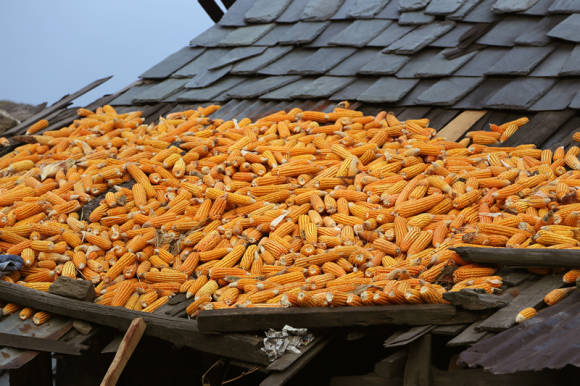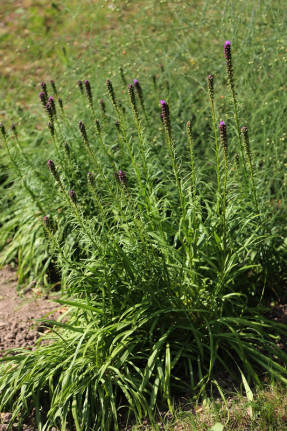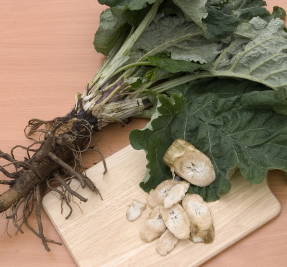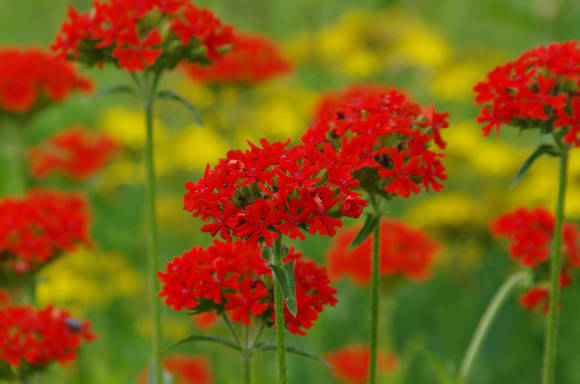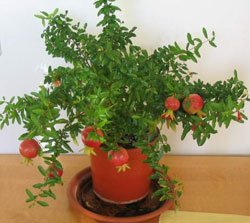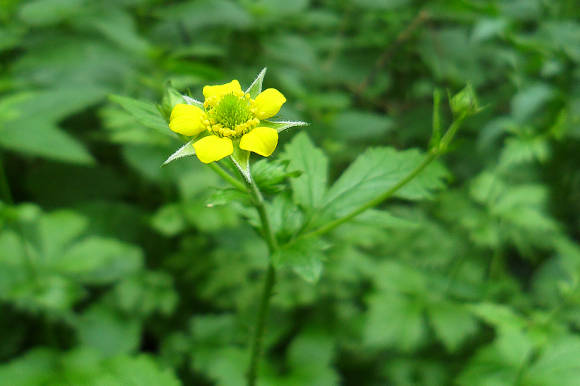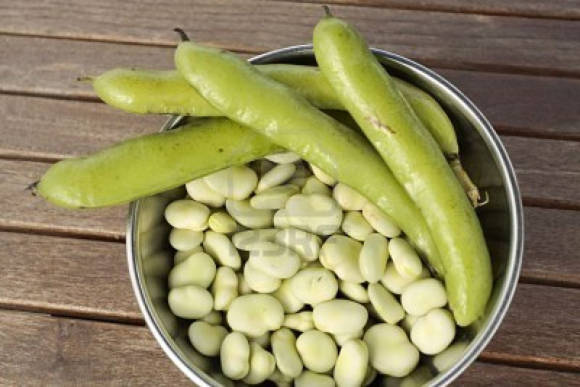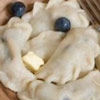
Oncidium (Oncidium) is one of the most popular and best-selling orchids. Representatives of the genus Oncidium are very diverse in appearance and origin, some species grow in the moist and warm forests of Central and South America, others rise high in the mountains, where the temperature is much lower, and some are found in arid savannas. Based on the natural diversity of the genus, it is difficult to give general recommendations on the content of species oncidiums or collection hybrids; it is imperative to take into account the conditions of natural growth of a particular species or parental forms that gave rise to a hybrid. First of all, this concerns the temperature of the content, resistance to drought and the severity of the dormant period.
It can be noted that oncidiums are more light-loving orchids than phalaenopsis, and are more tied to daily temperature changes. For the most part, these are epiphytic plants that sometimes even live on stones, and therefore they are extremely disliked by excessive moisture of the roots.
If we are talking about Dutch oncidiums, then industrial cultivation is focused on creating beautiful and unpretentious hybrids that are easy to maintain and bloom at home. It is worth mentioning here and cambria (this is the common trade name for hybrid orchids obtained by crossing various species of the oncidium group, including oncidiums), in contrast to the original species, is extremely easy to care for.
A hybrid oncidium in a store can be easily recognized by a rather high branched peduncle with many medium-sized flowers, similar to moths or dancing pupae, often in yellow-brown or red colors. The plant has several thickened pseudobulbs, from which long narrow leaves, sometimes folded in the form of a boat, extend. The most common hybrids on sale:

- Sweet sugar(Onc. Aloha Iwanaga x Onc. Varicosum) - the most common and unpretentious, with a lot of yellow small flowers.
- Sharry baby(Onc. Jamie Suttonx Onc. Honolulu) - a series with numerous small flowers of dark purple, red or yellowish-brown color (depending on the particular variety) with a pleasant, pronounced aroma of honey and chocolate.
- Twinkle(Onc. Cheirophorum x Onc. Ornithorhynchum) - compact series, with small, up to 1.5 cm, fragrant white, yellow or red, depending on the variety, flowers.
Home care
Transplanted oncidium immediately after purchase only if necessary, if the roots have rotted, but it is better not to purchase such a plant. The first thing to remember is that orchids do not like transplanting, so postpone this procedure for several years until the substrate decomposes and turns into dust, or until new sprouts rest against the edge of the pot.
The pot should not be transparent, the roots of oncidium do not contain chlorophyll and do not need light. Preference should be given to a bowl, a low and wide pot. If the pot is standard, then half of the volume should be taken up by drainage. It is better to take a smaller fraction of coniferous bark as a soil than for phalaenopsis; you can add chopped sphagnum and pieces of charcoal.
When transplanting, it is necessary to take into account the nature of the growth of oncidium. It is a sympoidal orchid. Unlike monopoid phalaenopsis, which has only one growth point, oncidium has several growth points united by a common rhizome. The growth of new shoots always goes in one direction, so they plant the orchid not in the center of the pot, like phalaenopsis, but move it with old pseudobulbs to one of the sides of the bowl, giving room for new growth (young shoots should be facing the center of the pot).
It is important not to deepen the base of the orchid, the bottom of the pseudobulb should always be free from the substrate, well ventilated. Only the roots are immersed in the ground. The planting level should not be low, the soil should not reach the top of the pot a little, otherwise the ventilation of the plant will be insufficient. Do not remove old pseudobulbs, they continue to feed the plant. The covering scales at the base of the pseudobulbs must also be handled very carefully; their removal can damage young shoots and flower buds.

Illumination... Oncidium is a light-loving orchid, it prefers bright light, it needs to be protected only from the summer midday sun. But it is better to be guided by the color of the leaves. Dark green leaves will signal that there is not enough light. If the leaves turn light green or are covered with red small dots of burns, then the light intensity should be slightly reduced. Under normal lighting, the leaf should be normal green. Oncidium can grow on the northern windows, but it will not bloom. Light intensity is most important at the stage of the formation of new pseudobulbs and at the stage of bud setting. If these moments fall on the winter months, then additional lighting with a phytolamp will be required.
Temperature... Hybrid oncidiums are very plastic, they feel good in a wide temperature range, from +14 to + 26 ° C. Growth can stop in extreme heat. It is desirable that there is a small temperature difference (3-4 degrees) during the day.
Air humidity. Oncidium tolerates room conditions quite well. It is desirable that the air humidity is about 40%; spraying is needed only in summer in extreme heat and sometimes during the heating season. If the temperature is below + 18 ° C, spraying should be canceled. At any time of the year, the orchid must be in good ventilation conditions.In damp stagnant air at low temperatures, there is a high probability of infection by fungal diseases.
Flowering and watering have oncidium are closely related. Sustainable flowering can be achieved only by observing the watering regime, in accordance with the stages of plant development. Watering should be abundant and regular from the moment the growth begins (emergence from the pseudobulb from the bottom of the young sprout) to the beginning of the formation of the pseudobulb (thickening of the lower part of the sprout). It is best done by immersing the pot in warm, settled water. The soil must be dried between waterings, but do not prolong the dry period for a long time. The degree of drying of the soil can be judged by the weight of the pot. You should not adhere to a strict irrigation schedule; in summer, in hot dry weather, the soil can dry out in 3 days, and in autumn, in cold rainy weather, watering will not be needed for 2 weeks. The main thing here is not to miss the beginning of the formation of a new pseudobulb and abruptly cancel watering. Otherwise, the orchid will not bloom. After about 3-4 weeks from the new growing pseudobulb, a peduncle should go from below. As soon as you are sure that this is the peduncle, you can resume watering. After the end of flowering and until the moment of new growth, you need to again slightly reduce watering. It is not at all good if from a new pseudobulb, instead of a peduncle, a vegetative shoot begins to grow first. This means that the dormant period has not been sustained and the plant is developing incorrectly. This happens if the curtain consists of less than 3 pseudobulbs, and the plant simply does not have the strength to bloom.
With normal orchid development, flowering usually occurs approximately every 8-12 months. If there are a lot of pseudobulbs in the pot, then flowering can be observed more often, as the shoots ripen.
Very often in oncidiums you can see shriveled pseudobulbs. This is not always a sign of illness and not a reason to increase watering. Pseudobulbs shrink normally at the very beginning of the growth of young shoots. These shoots do not yet have their roots and feed on the mother's pseudobulb, causing it to slightly dry out. Excessive watering will lead to root rot, but will not help the pseudobulba. Normally, the pseudobulb may dry out a little during flowering, and even more so during dormancy.

Top dressing oncidium is carried out only at the moment of growth of young shoots, and as soon as the pseudobulb begins to form, they no longer fertilize. Top dressing is resumed with the growth of the peduncle and before the opening of the first flowers, then canceled before the growth of new shoots. The roots of oncidium are sensitive to the salinity of the substrate, therefore, the concentration of even orchid fertilizers should be reduced, and part of the dressings should be carried out on the leaves, spraying them with a very weak solution of fertilizers (diluted 10 times of the recommended dose).
Reproduction at home, only vegetative, by dividing the curtain. In oncidiums, division is much easier than in monopodial phalaenopsis. Division can be started when the number of pseudobulbs reaches six or more, so that there are at least 3 sprouts in the group, only in this case the divisions will be viable.The underground stem is cut with a sharp knife, and the place of the cut is abundantly sprinkled with coal. At the time of dividing, the soil must be completely dry, and after it it cannot be watered for another 7-10 days to allow the wound to dry out.
Pests and diseases
The acquired plant must be quarantined for a month, under observation.
Most often, oncidiums are affected by mealybugs. If you find white lumps that look like cotton wool, you should remove them with a cotton swab dipped in alcohol and treat with Aktara.
If you find plaques that look like droplets of wax, you can suspect a scale insect. Also, oncidiums are affected by aphids and thrips. When aphids are affected, insects are clearly visible. Thrips lead a hidden lifestyle and more often their presence can be determined by the characteristic silvery stripes on the leaves and the presence of black excrement.
Details on the control measures - in the article Houseplant pests and control measures.
If white dots appear on the leaves and a cobweb is visible, the plant is affected by a spider mite. Flat ticks are also possible. In this case, the leaves acquire a silvery-white color. The bulb mite infects the roots and stems of weakened plants. Control measures for all types of mites are similar to those for spider mites.
Oncidiums are also affected by various bacterial and fungal rot. If brown spots are found on the leaves, remove the damaged areas, provide good ventilation, allow the soil to dry between waterings, cancel spraying on the leaves and showers, and increase the temperature of the content. And also treat with systemic fungicides (Fundazol according to the instructions) and a broad-spectrum antibiotic (Tetracycline, 500,000 units per liter, or 500 mg per 1 liter of water) - spray and shed. A plant will be considered cured if new spots do not appear on it for a long time, and the old ones do not increase in size.
